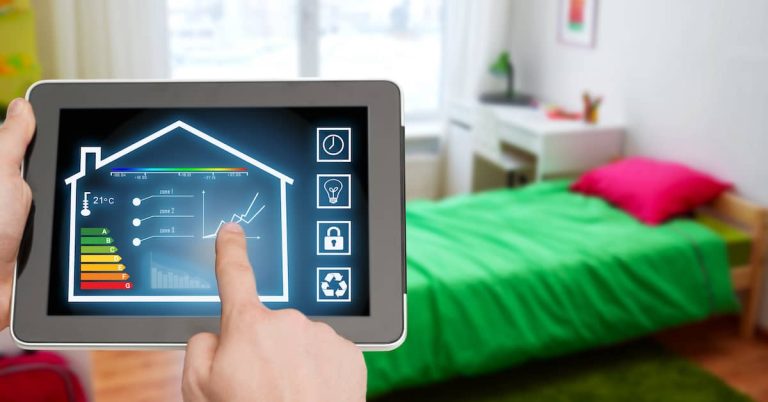It’s a simple truth that everyone wants to save on their energy bills, not just because it’s good for their wallets, but also because it’s beneficial for our environment. Thankfully, saving energy at home doesn’t have to be complicated or uncomfortable. By incorporating some simple practices into your daily routine, you can significantly reduce your energy consumption. Below are five practical tips that you can follow to save energy at home.
- Unplug Idle Electronics
Electronic devices consume power even when they’re not in use, in a state often referred to as standby power or “phantom load”. In fact, the Natural Resources Defense Council reported that idle electronics represent up to 23% of residential electricity consumption.
According to ExpressVPN’s post on how to save energy, it costs 5 USD to leave a night light over the entire month. At the same time, it costs 13 USD if one heats home with a portable heater.
Therefore, unplugging devices like TVs, laptops, chargers, and even your microwave can result in substantial energy savings. Consider using power strips for multiple appliances; this way, you can turn off all your devices at once.
- Use Energy-Efficient Appliances
When it’s time to replace appliances, opt for energy-efficient models. Devices that have been awarded an Energy Star label have been identified as the most energy-efficient in their class. They might be more expensive upfront, but they’re designed to use less electricity, so they’ll save you money in the long run. This is especially important for appliances that are used frequently or consume a lot of energy, such as refrigerators, washing machines, and dryers.
- Optimize Your Heating and Cooling
Heating and cooling often make up a large portion of a home’s energy consumption. In most homes, you can save energy by setting your thermostat a few degrees lower in the winter and a few degrees higher in the summer. Also, take advantage of your thermostat’s programming options to adjust temperatures when you’re asleep or out of the house. Consider investing in energy-efficient insulation and sealing leaks in windows and doors to prevent heat loss or gain, further reducing your heating and cooling needs.
- Utilize Natural Light
During daylight hours, open your curtains or blinds to let in natural light instead of using electric lights. Not only will this save energy, but it can also help improve your mood and productivity. At night, use task lighting (focused light where you need it) rather than lighting an entire room. Also, consider replacing your traditional bulbs with LED lights. They’re much more energy-efficient and last significantly longer.
- Be Water-Wise
Hot water requires energy to heat, so using less hot water can result in substantial energy savings. You can achieve this by taking shorter showers, washing clothes in cold water, and installing low-flow showerheads and faucets. Also, fixing leaks promptly can prevent wasted water (and energy).
By following these tips, you can start saving energy at home today. Not only will this lead to lower energy bills, but you’ll also contribute to a greener, more sustainable environment. Remember, every little bit helps when it comes to conserving energy, and the cumulative effect can make a big difference over time.
Indeed, each small action we take towards energy conservation, when combined with the efforts of others, can lead to a considerable overall impact. When you save energy at home, you’re not only reducing your monthly costs but also reducing the demand for natural resources and decreasing your carbon footprint. This aids in mitigating global environmental issues such as climate change and resource depletion.
The tips highlighted above – unplugging idle electronics, using energy-efficient appliances, optimizing your heating and cooling, utilizing natural light, and being water-wise – are practical and easy to implement. Yet, their effect on energy conservation is significant.
For instance, according to the U.S. Department of Energy, just adjusting your thermostat 7-10 degrees Fahrenheit for 8 hours per day can save up to 10% a year on heating and cooling costs. Similarly, an LED bulb uses 75% less energy and lasts 25 times longer than incandescent lighting. And, let’s not forget the potential savings from reducing the “phantom load” caused by idle electronics.
Conclusion
In the end, saving energy at home is a win-win situation. You save money and the environment at the same time. So, start today, make these energy-saving tips a part of your daily routine, and contribute to a more sustainable world. Let’s remember: it’s not just about the savings we can see in our energy bills, but about the legacy we leave for future generations.

